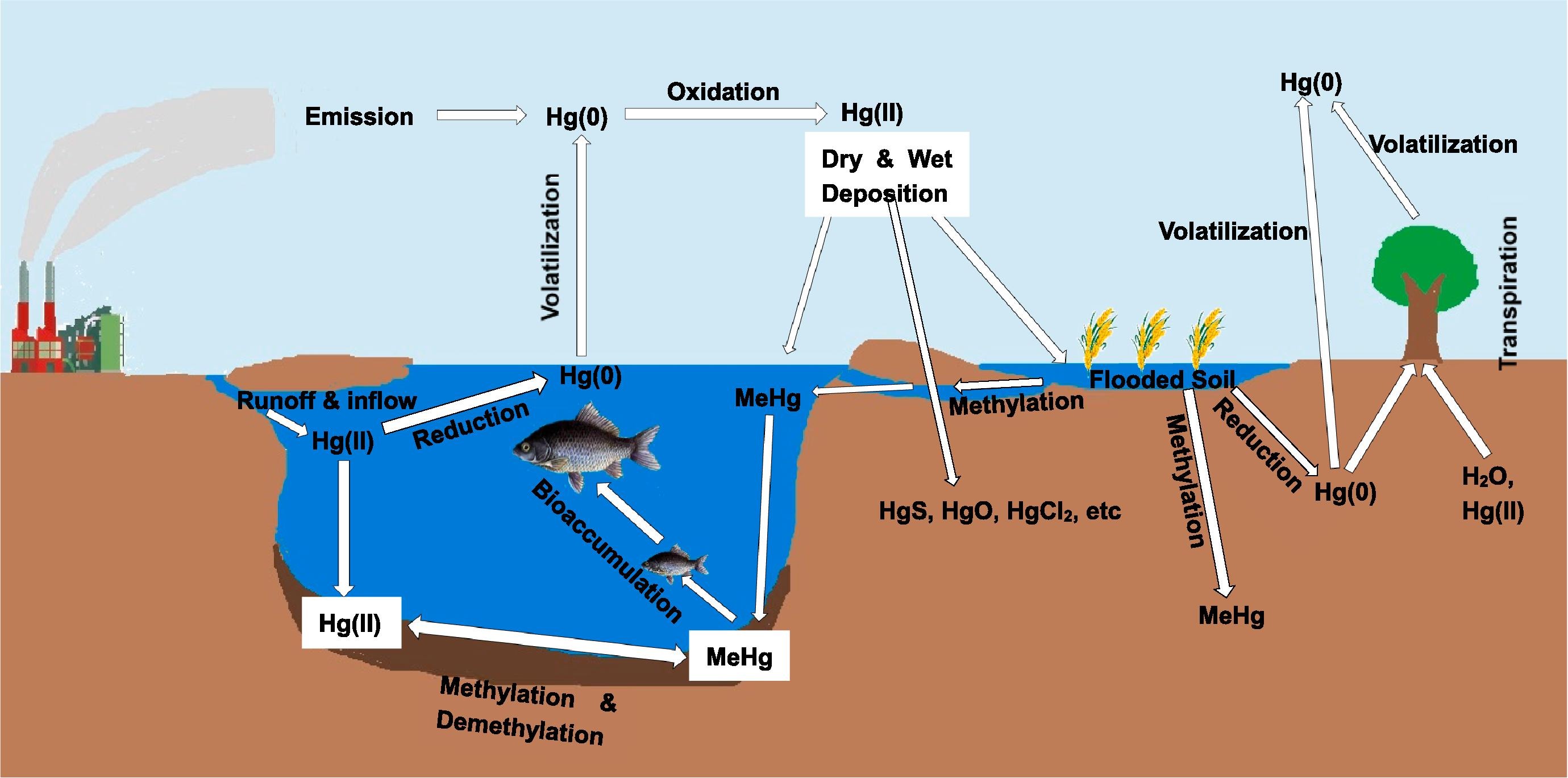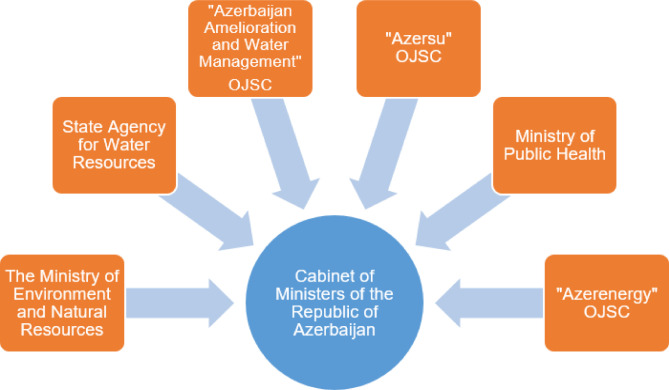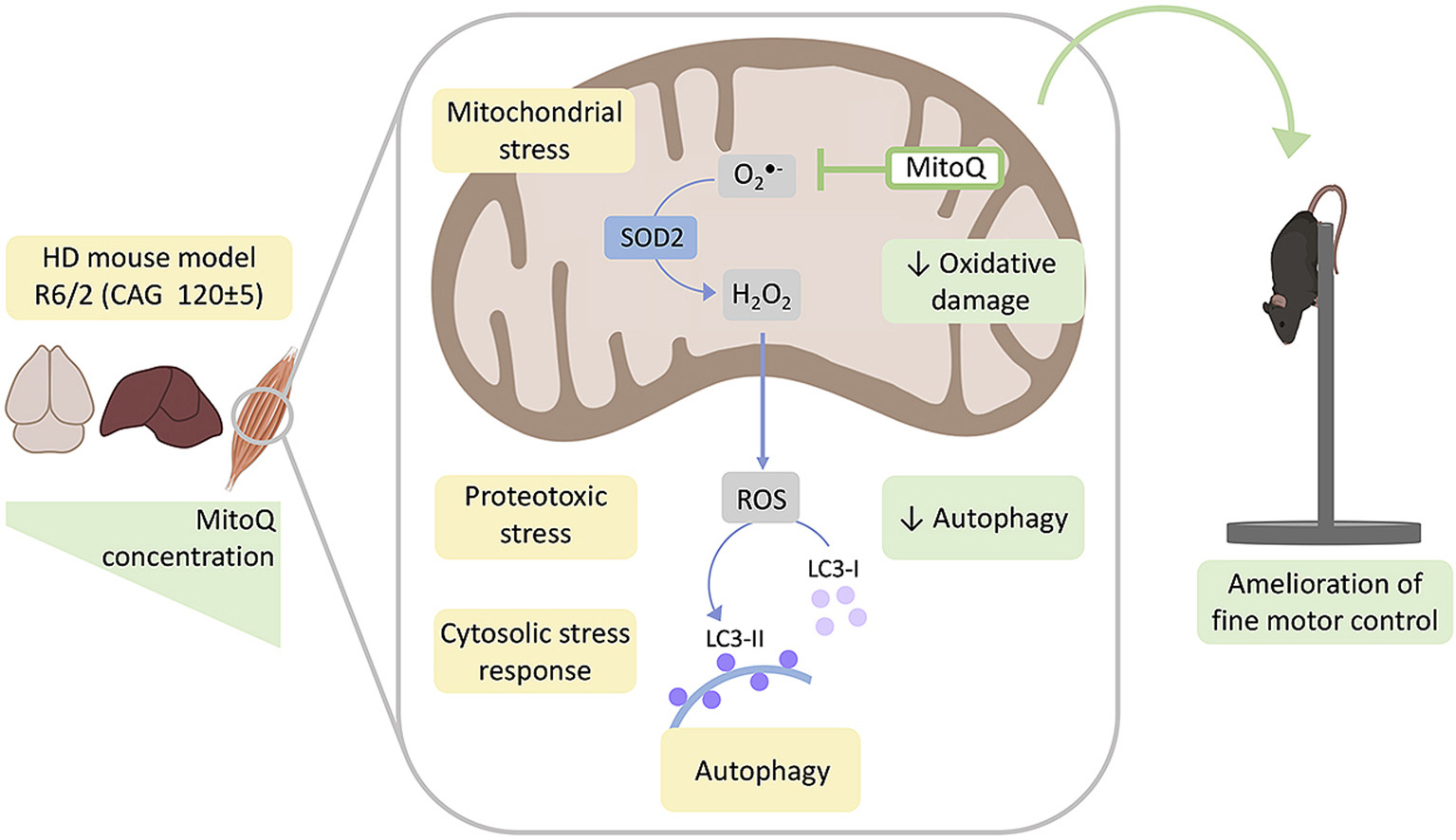Agricultural Water Management, Volume 227, 20 January 2020
Soil and water salinity and associated problems are a major challenge for global food production. Strategies to cope with salinity include a better understanding of the impacts of temporal and spatial dynamics of salinity on soil water balances vis-à-vis evapotranspiration (ET) and devising optimal irrigation schedules and efficient methods. Both steady state and transient models are now available for predicting salinity effects on reduction of crop growth and means for its optimization.
Agricultural Systems, Volume 177, January 2020
Elucidating relationships between the soil food web, soil processes, and agroecosystem function is a critical step toward a more sustainable agriculture. Soil and crop management practices can alter these relationships, and their effects can persist even after imposing new management practices. In 2005, the Cornell Organic Grain Cropping Systems Experiment was established in central New York. Four cropping systems that varied in fertilizer inputs, tillage practices, and weed control were compared: High Fertility, Low Fertility, Enhanced Weed Management, Reduced Tillage.
Environment International, Volume 134, January 2020
Mercury contamination in soil, water and air is associated with potential toxicity to humans and ecosystems. Industrial activities such as coal combustion have led to increased mercury (Hg) concentrations in different environmental media. This review critically evaluates recent developments in technological approaches for the remediation of Hg contaminated soil, water and air, with a focus on emerging materials and innovative technologies.
Free Radical Biology and Medicine, Volume 146, January 2020



